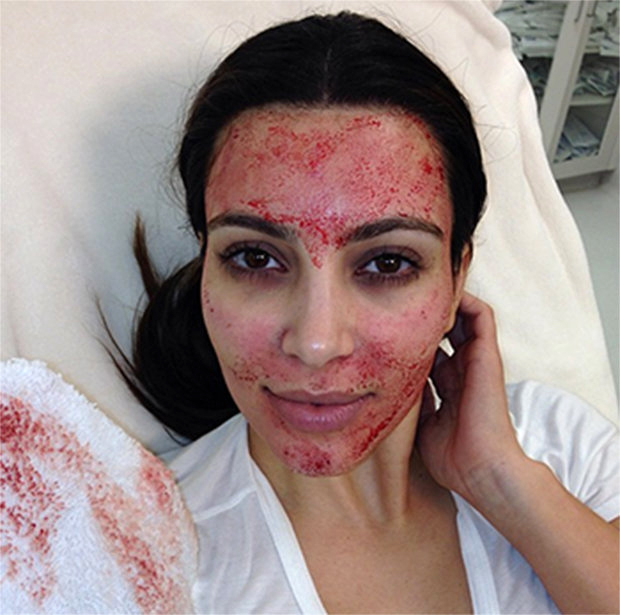
What Exactly is a Vampire Facelift?
The “Vampire Facelift” is really a fancy name, and a misnomer. The procedure, commonly known as Platelet-Rich Plasma (PRP) skin rejuvenation, has actually been around for many years.
It involves drawing some blood (about 10ml) from your arm, then processing it via a process called centrifuge (basically spinning the blood at high speed to allow the different components to settle). After separating the blood components and obtaining the PRP aliquot, thrombin and calcium are added to the PRP, to induce the platelets to release growth factors such as Platelet Derived Growth Factor, and Vascular Endothelial Growth Factor.
During an injury, such as a cut, platelets naturally release these growth factors, which induce skin healing, leading scientists to postulate that by harnessing the power of this natural process, we can make wounds heal faster, and rejuvenate the skin. The activated PRP is then injected into the same patient’s skin via tiny injections – hence the bloody appearance you see on Kim Kardashian.
The procedure was actually used in surgical wounds, nerve healing, and sports medicine, but it wasn’t long before someone came up with the idea of using PRP as a elixir of youth.
Does It Work?
Theoretically, Yes – the idea is promising, and very seductive. Unlike other injectables like Botox and Fillers, everything the patient injects comes from him/herself – an autologous procedure, hence it is very safe.In fact, the procedure is so safe, that even pregnant mothers can have the procedure done (Kim Kardashain is now pregnant with Kanye West’s baby); something you CANNOT do with Botox, for example.
Manufacturers say that it the procedure improves skin texture, elasticity, fine lines, wrinkles pores by activating your skin’s repair mechanisms and stimulating the production of collagen. Results last up to 15 months. Unfortunately, the efficacy of the procedure, even on wound healing and sports medicine, is still not confirmed – studies have proved to be inconsistent; though “promising”. Very little studies exist for the procedure as a skin rejuvenation procedure at this point.
Banned in Singapore
If you ask me, I think the procedure is certainly worth a try – if you have tried other procedures like fillers and lasers and still would like some improvement of your skin. Be aware, however of the possible side effects – the procedure involves injections, and infections are possible if a non- sterile technique is used; bruising and swelling are common as well after the procedure (look at Kim’s picture and you will know what I mean!)
Unfortunately, PRP skin rejuvenation is banned in Singapore, even though it is widely performed in other parts of the world. We DO NOT perform it at Radium Medical Aesthetics, and I am not aware of any other clinic which performs it either. However, the procedure is widely available in places like Korea and USA. In a conference we recently attended, doctors in the USA presented that they have started mixing PRP with their fillers for injection – to give a more natural result which lasts longer. I have no personal experience with the procedure and cannot comment on how well it works. If you happen to know, let me know!


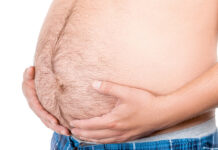


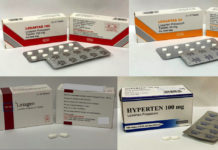




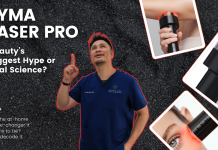

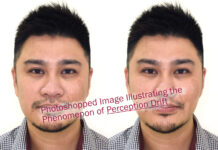
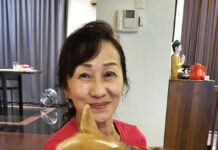



Vampire Facelift procedure explained here http://vampirefacelift.com/ <br />Watch the video on news reports featuring the Vampire Facelift http://youtu.be/xzW5Ys-MU0w<br />
Hi do you know why theu are banned in sg?
Hi Tan – As mentioned in my article, MOH bans the administration of PRP treatment.